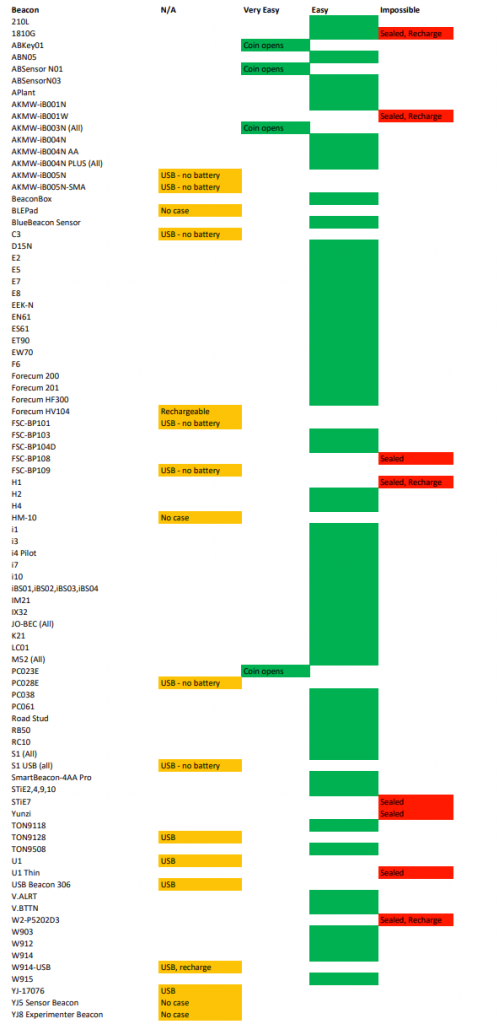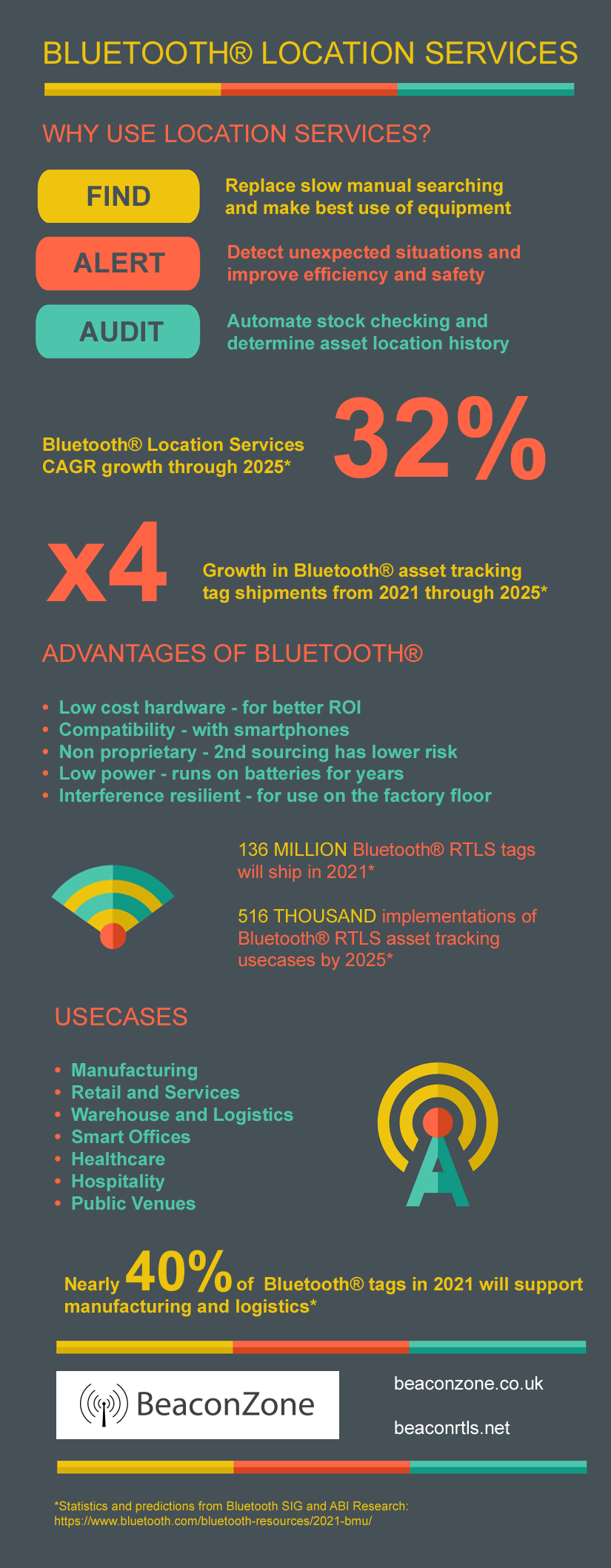
Bluetooth Location Services Infographic

iBeacon, Eddystone, Bluetooth, IoT sensor beacons, apps, platforms

GoPorter is an ibeacon-based solution for hospitals, shopping malls and hotels that provides automatic job allocation, real time indoor tracking, business analytics and reporting.
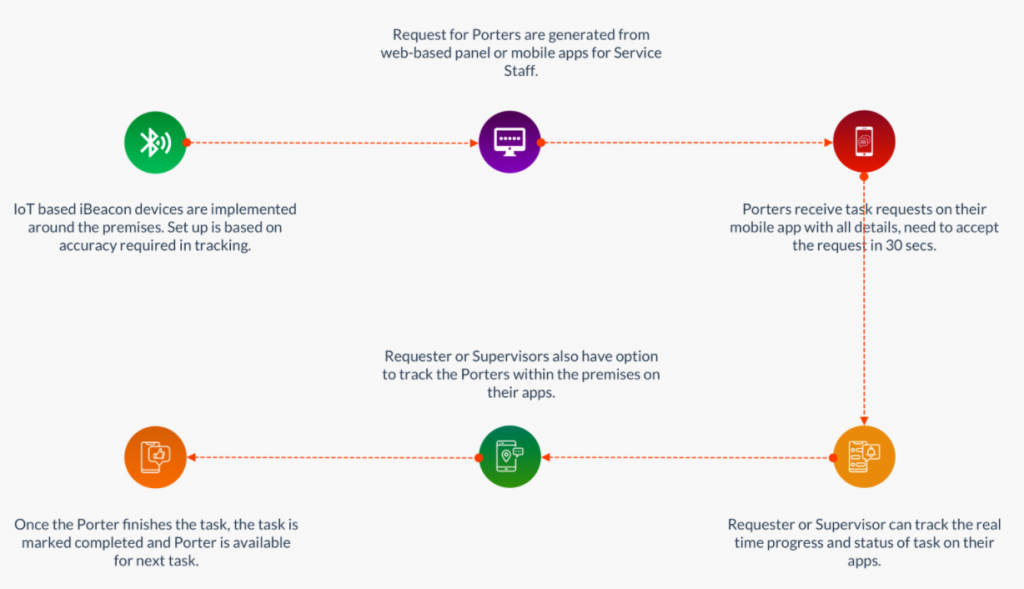
Systems such as GoPorter allow facilities management to learn about service request trends thus allowing the deployment of the optimum number of staff to improve efficiency.
There’s new research by Department Computer Science, Universidad Técnica de Machala, Ecuador on Design and Practical Evaluation of a Family of Lightweight Protocols for Heterogeneous Sensing through BLE Beacons in IoT Telemetry Applications.
The researchers explain how standard beacon advertising works and documents the existing iBeacon and Eddystone protocols.
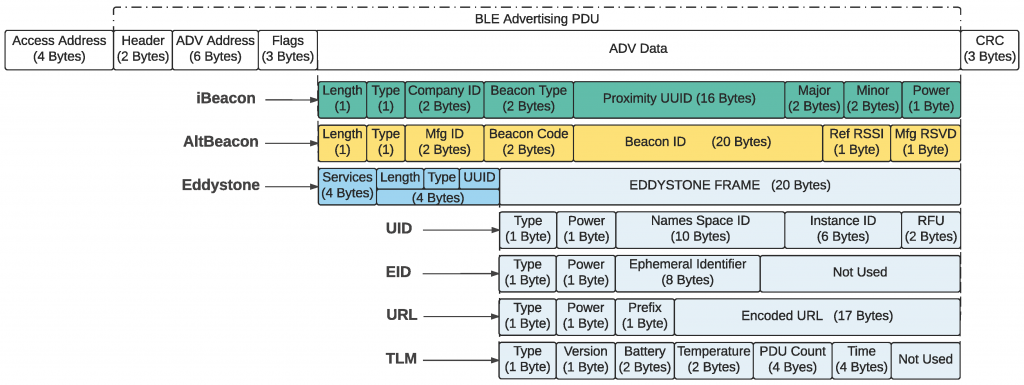
New protocols, LP4S-6 (for resource-constraint beacons), LP4S-X (for more powerful beacons) and LP4S-J (for beacons able to run complex firmware) are proposed that can be used to allow IoT telemetry systems to discover new nodes and to describe and auto-register the sensors and actuators connected to a beacon.
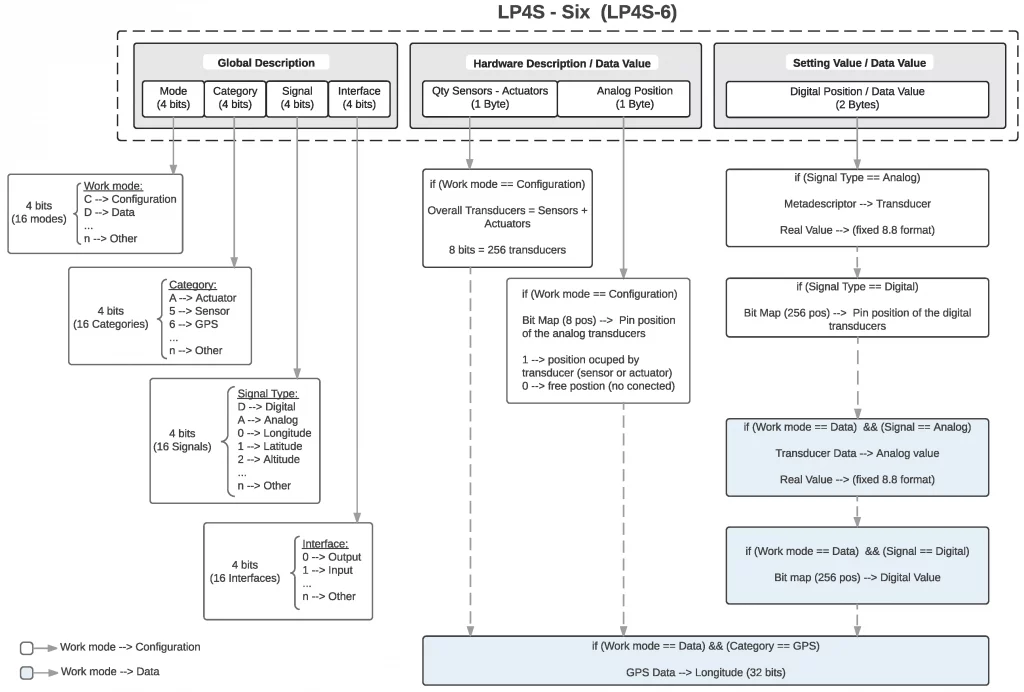
The paper describes the resultant JSON, shows how a new protocol can be added to an Eddystone beacon and proves how the new latency and power consumption remain low.
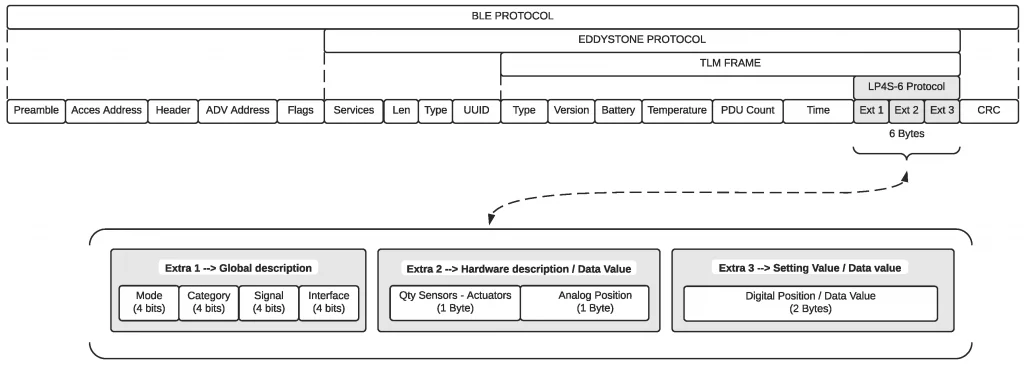
Note that updating the firmware of a beacon is non-trivial because it requires the implementation of what’s already on the beacon without access to the original source code.
We recently came across Time Guard, an app that logs working time, holiday and flexi time and provides notifications when you go over a set daily and maximum allowed working time.
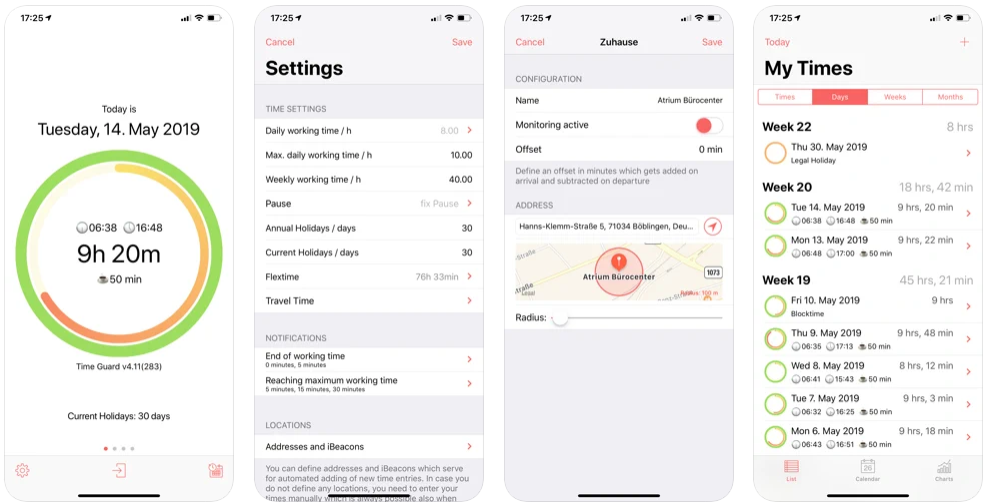
The app can use iBeacons to automatically detect when you enter or leave locations. Data can be viewed in Excel (.csv) or as monthly time sheets.
The Fourth Industrial Revolution, also known as 4IR and Industry 4.0, improves manufacturing through the use of technology. The end-aims are to significantly improve productivity, reduce production delays and, for example, avoid penalties or future lost orders due to delayed work.
A key part of The Fourth Industrial Revolution is asset tracking that provides faster and more accurate stock control, item picking, job tracking, capacity measurement, demand analysis and product protection through sensing and automatic auditing.
It’s important that asset tracking is continuous because merely scanning things in/out using barcodes is open to human error and location is otherwise only as good as the last scan. Historical data is also important because it identifies blockages allowing processes to be refined.
When evaluating asset tracking systems consider:
Look for a stand-alone solution rather than SAAS for greater performance, flexibility and longevity. While SAAS based systems can be a quick way into RTLS, they soon become limiting because you are sharing a platform with other customers. SAAS platforms usually don’t scale well technically and financially and don’t have efficient, direct access to the data for efficient ad-hoc reporting. They also pose potential security and reliability risks as you don’t own your data. The ultimate limitation comes when the SAAS provider, usually a startup, eventually increases costs, get’s bought out by its largest customer or goes out of business.
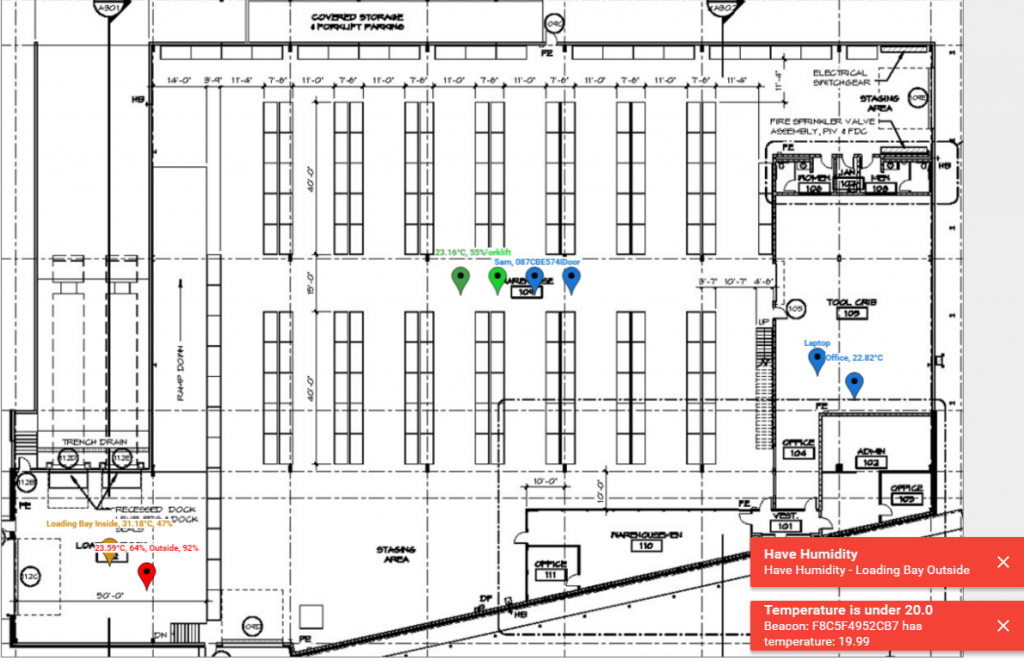
There’s recent research by Roche Pharma Research and Early Development (pRED), Switzerland on a Beacon-Based Remote Measurement of Social Behaviour in ASD Clinical Trials: A Technical Feasibility Assessment.
Beacons were used to determine the location of participants in an observational Autism Spectrum Disorder (ASD) clinical trial designed to assess social behaviour. Beacons were placed by the participants or caregivers in separate rooms in the household and a smartwatch used to detect the beacons as the participant moved from room to room. A smartphone app was used to map each beacon with each room.
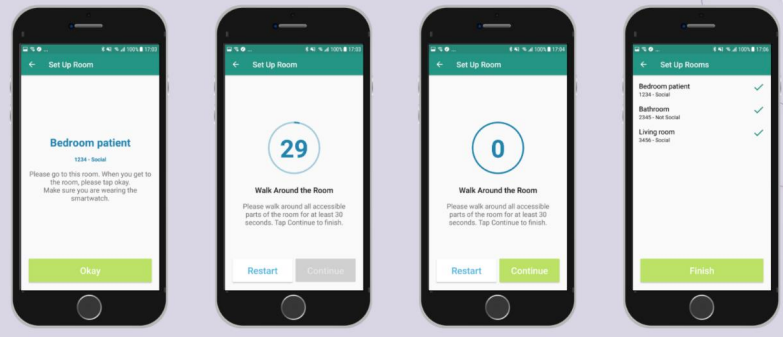

A key aspect of the study is that it was conducted with no participant training and without the supervision of a technical person.
The study also provides a comparison with prior work and a comparison of locating technologies:

The researchers provide some good practice guidelines for using beacons for indoor locating:
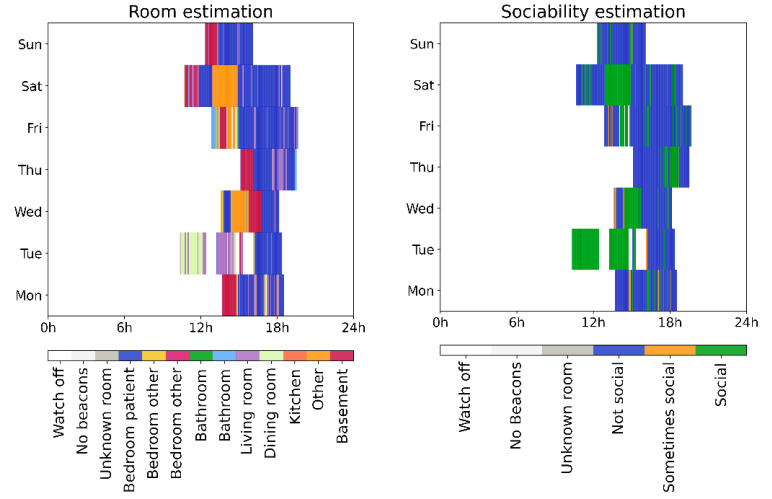
The study achieved an accuracy of 97.2% proving that beacons have the potential to provide deep insights into in-home behaviour. This provides more objective data than would be the case with commonly used questionnaire-based studies.
We recently came across a great resource on PubNub that shows how to use Android to detect beacons and also transmit as a beacon.
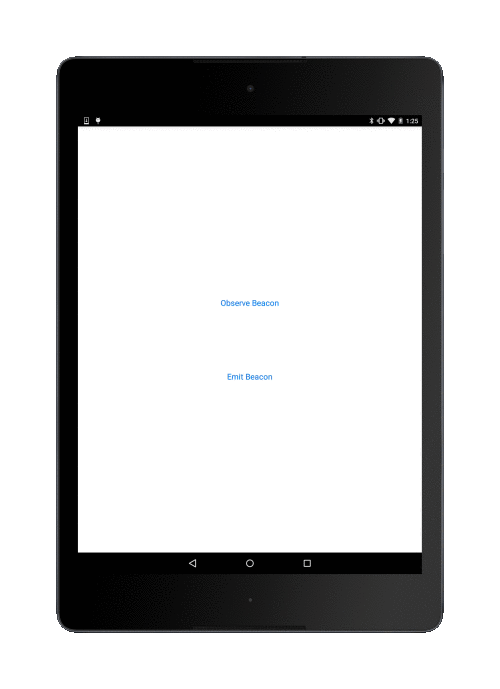
The tutorial is in three parts that 1) Describes beacon advertising and how to scan for beacons 2) How to filter detected beacons 3) Setting up Android as an emitter.


There’s also a related PubNub article by the same author on how to Create a Tessel Beacon with a BLE Module.
There’s a new article from the Icontech International Journal of Surveys, Engineering, Technology on Indoor Position Routing (IPR) and Data Monitor Using Bluetooth Low Energy Technology by researchers at the Hasan Kalyoncu University, Institute of Science, Electrical & Electronics Engineering, Gaziantep, Turkey.
This article is different because it considers navigation as opposed to just locating. It explains the advantages of Bluetooth LE over WiFi and also compares with RFID:
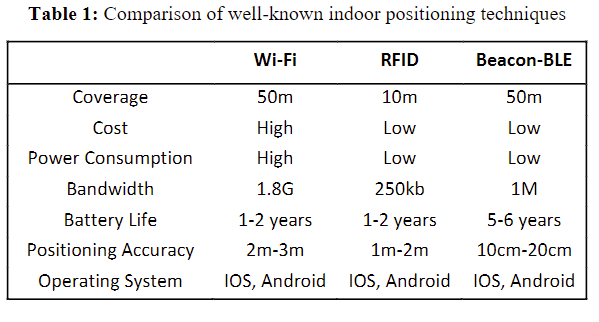
Trilateration, Received Signal Strength Indicator (RSSI) and Decibel-milliwatts (dBmW) are explained and how these fit into locating position.
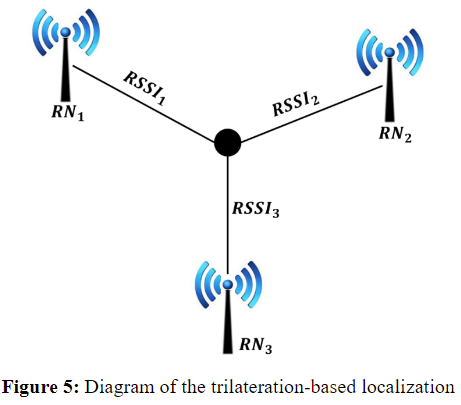
The article describes a system created for navigation that uses iBeacon sensor nodes, an Android device and app.
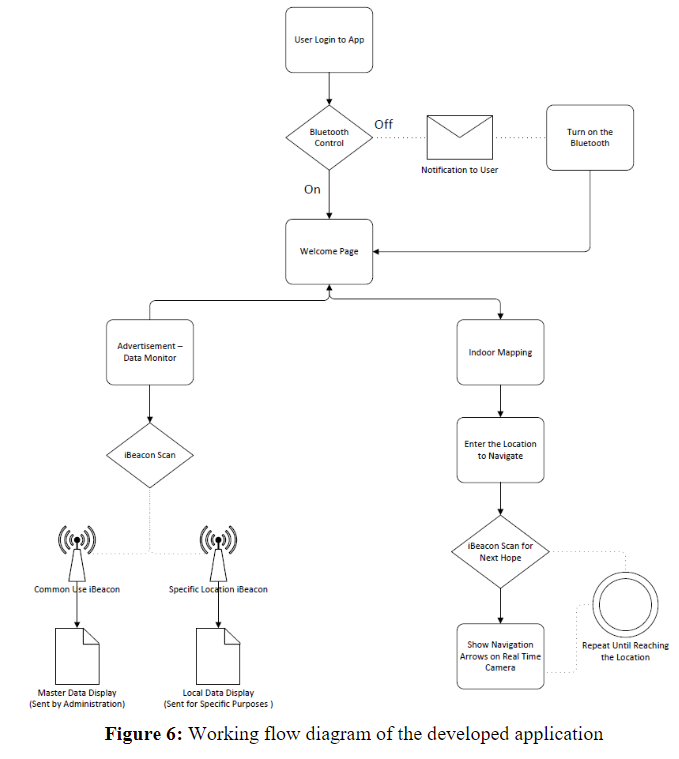
Read Determining Location Using Bluetooth Beacons
Read Using Beacons, iBeacons for Real-time Locating Systems (RTLS)
In most cases, it’s possible to use beacons without knowing the exact data format of the advertising. It’s usually possible to specify only a few values such as iBeacon UUID, major and minor and the devices and listening apps work together. In some instances it’s necessary to know Bluetooth LE packets formats, for example, to implement your own code.
The Bluetooth packet formats are defined by the Bluetooth specifications but specifications aren’t always the fastest and easiest to understand. There’s a new presentation on SlideShare on Bluetooth Low Energy (BLE) Packet formats.
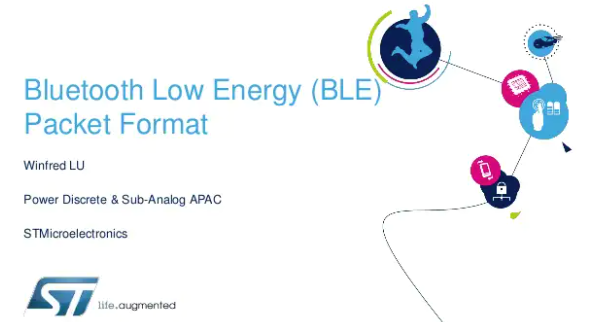
Winfred Lu from STMicroelectronics describes Link layer, advertising, data channel and physical channel packets.
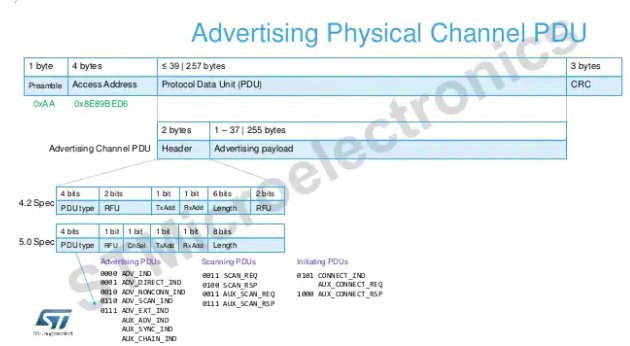
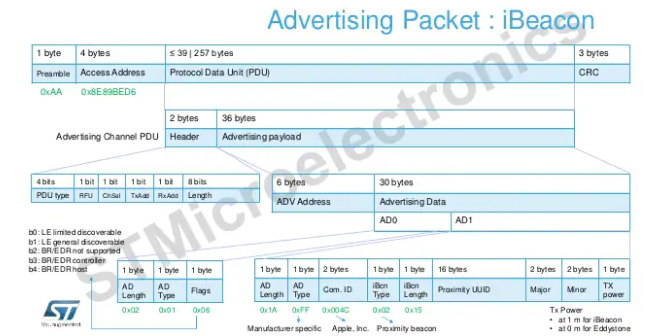
We have updated our table to show the relative difficulty of changing the battery in the beacons we currently have in stock. ‘Very easy’ means the beacon has a compartment opened with the edge of a coin and ‘Easy’ usually means the case prises open or uses screws.
